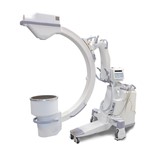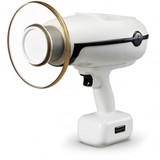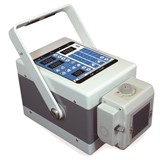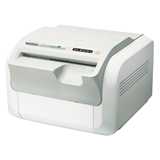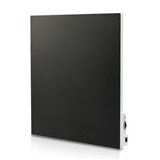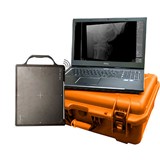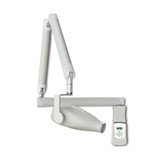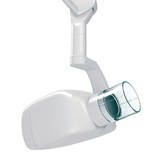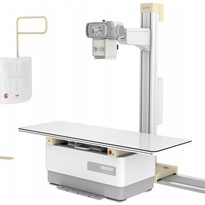Computed Radiography (CR) or Digital Radiography (DR)?
Whether you are just starting radiography service and need to cut down cost or upgrading your system to catch up with recent technology advantages, this question might pop up into your mind.
To Summarize the major differences between CR and DR systems, we will mention the most thought of aspects for any business.
-
Cost
Normally the first thing that comes on mind is, what is the cost associated of owning a CR or DR acquisition system and if the difference out weights the benefits.
Although CR systems still have cost advantage, the reduction in DR flat panel detectors' cost in the recent years, along with the continuous development of its technology, made it the preferred choice in most cases.
-
Dose Efficiency and Image quality
DR acquisition systems can produce same CR results at less x-ray dosage depending on the type of the flat panel detector (FPD) used. Whether the FPD is CSI or GOS, it has two to three times more dose efficiency than CR system.
Less x-ray dosage is not only useful for patients but also for x-ray tube usage and consumption. It can prolong the x-ray machine life-time and make it more efficient in scanning dense tissues or obese patients.
-
Workflow and productivity
The DR acquisition and image processing take few seconds as the receptor (detector) is itself the image processor, it is a one step process. On the contrary the CR takes much more time from exposure to cassette scanning to image processing.
The speed of operation is crucial for practices with busy workflow and for small practices that are keen to offer optimum service by spending more time with patients.
-
After sales service support
There are pros and cons owning both solutions when it comes to after sales service.
CR systems have more mechanical parts and require more regular service than DR acquisition systems. On the other hand, CR cassettes are less expensive and not as risky to handle as FPD.
Although FPD are getting lighter, more shock tolerant and less likely to get damaged, they still need to be handled with carefulness as they are more likely to get entirely replaced if damaged.
There are protective covers that limit drop accidents, they cost from $500-$1000. Some practices prefer to add drop insurance coverage for extra protection and for peace of mind.
-
Depreciation Value
If you are looking at the total cost of ownership not just the initial cost of owning a CR or DR system, then you need to factor in the depreciation value.
Thanks to the increasing number of FPD manufacturers, the competition is getting fierce and the prices are getting more affordable to consumers. Also putting more pressure on CR manufacturers to switch to FPD.
Moreover, the nature of FPD of being just a solid plate of pure electronics compared to the CR and its mechanical parts that age over time, makes the FPD more reliable asset that can keep its value for a longer time.
Disclaimer: All views and opinions expressed in this article only reflect “HEDI Tech” opinion and are accurate to the best of its knowledge.












-160x160-state_article-rel-cat.png)





